ACKNOWLEDGMENTS
First and foremost, I want to thank my family, especially Christine Quemuel, my wife, partner, and biggest cheerleader. I am extremely grateful for her unconditional and unwavering love, without which this project could not have been completed. I can always count on her smiles, positivity, and encouragement. I owe her a huge debt of gratitude for spending birthdays and special life events at community activities as part of my fieldwork. To Miles and Ella, my little Pin@ys and JAs in Hawaii who give me perspective and inspiration, this book is written, in part, to provide you both a broader context for your life experiences yet to come. And to the best mother-in-law, Carolyn Quemuel, I am profoundly thankful for your kindness, understanding, and support.
I want to thank my colleagues in the Department of Ethnic Studies at the University of Hawaii at Mnoa, who have been extremely supportive as I transitioned from student affairs to academic affairs: Ibrahim Aoude, Noel Kent, Davianna McGregor, Ulla Hasager, Elisa White, Pensri Ho, Lisa Uperesa, Brian Chung, Lee Ann Wang, and Janette Yuasa. I want to express my appreciation to Ty Tengan and Monisha Das Gupta for their continuous nudging and mentorship. Special thanks go to Jonathan Okamura for his careful reading of the manuscript. I want to also acknowledge Dean Alegado for paving the trail for research, teaching, and community work with Filipinos in Hawaii and Dean Saranillio for blazing new trails and challenging my thinking and writing. I want to express my sincere gratitude to other members of my UH family who have supported me throughout this project: Amy Agbayani, Ruth Mabanglo, Teresita Ramos, Erin Kahunawaikaala Wright, Kuahiwi Moniz, Christen Sasaki, John Rosa, Precy Espiritu, Julius Soria, Jacinta Galeai, Trixia Soria, Denise Ah Sue, Chrissy Lam Yuen, Joanne Tang, Erwin Legaspi, Mike Cueva, Jonathan Evangelista (for the awesome photos!), and Ruben Campos (the best GA ever).
A number of colleagues have read and commented on various parts of this project, and I would like to express my thanks to them: Vernadette Gonzalez and Hoku Aikau for organizing the various iterations of the writing hui and Noe Goodyear-Kapua, Kap Oliveira, and Njoroge Njoroge from the junior faculty seminar with Chuck Lawrence. I would also like to thank the anonymous reviewers for their comments and insights as well as Robyn Rodriguez for her extensive reviews and advice.
To the growing numbers of Filipina/o American scholars who I have admired from near and afar, thank you for the scholarship that I have used in my classes and the work that has molded and challenged my own thinking about Filipina/os in diaspora. These include Rick Bonus, Martin Manalansan, Rhacel Parreas, Rick Baldoz, and Joanna Poblete. A special shout out to Theo Gonzalves for initiating our creation of a visually oriented partial view of Filipinos in Hawaii. This book attempts to add another partial view and contribute to the rich archive of stories in the islands.
I am deeply indebted to the entire University of Illinois Press team. I am extremely grateful to Vijay Shah, with whom I started this project, for seeing the value of centering the experiences of Filipina/os in Hawaii but also situating the project within the broader Asian American context. I also want to thank Larin McLaughlin, Dawn Durante, and Jennifer Comeau for guiding me through the final stages of the project. It has been wonderful working with you.
This book started as part of my dissertation work in the Department of Anthropology at the University of California, Los Angeles. I would like to thank my committee members who initially helped shape this project: Paul Kroskrity, Mariko Tamanoi, Pauline Agbayani-Siewert, and especially Karen Brodkin for her guidance and unfettered belief in my project. I would also like to thank the dynamic duo of David Kamper and Joanna Brooks for their continued friendship and support that has extended beyond UCLA, as well as Ann Walters, Jason Throop, and particularly Jonathan Jackson for helping me navigate my academic and social lives while in the doctoral program. The Asian American Studies Center and Asian American Studies Department serve as another home at UCLA. Thank you to all who have helped me (and Erin) with developing and sustaining the UCLA Hawaii Travel Study Program: Enrique De La Cruz, Dennis Arguelles, Meg Thornton, Sefa Aina, Stacey Hirose, Hadyn Dick, Gloria Ruiz-Gonzales, Barrett Korerat, Malcolm Quon, Sergio Broderick-Villa, Emily Moon, Anne Bautista, Jessie Singh, Tricia Fifita, and Keith Camacho.
Finally, a huge mahalo-halo to the various members of Timpuyog and Katipunan as well as the faculty in the Ilokano and Filipino programs at the University of Hawaii at Mnoa and the community members affiliated with the Filipino Community Center who spent time talking with me and allowed me to record them on my cassette tape recorder, microcassette recorder, digital recorder, or my smartphone. I hope this book, at the least, captures some of the multiplicity and complexity of their thoughts and experiences. My apologies to those who helped me along the way but I have failed to mention here. Dios ti agngina and maraming salamat.
BUILDING FILIPINO HAWAII


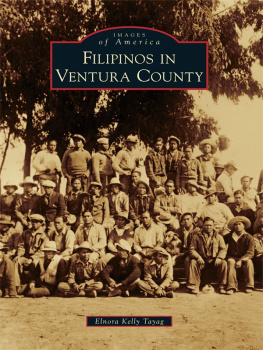

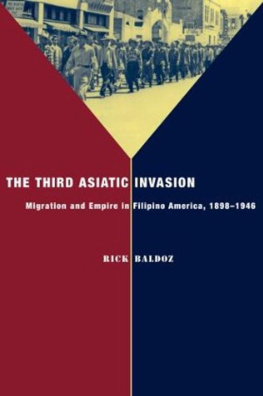
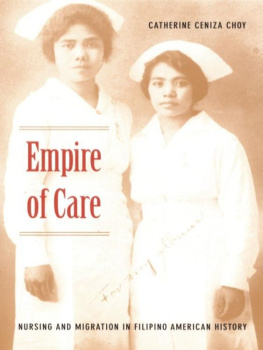
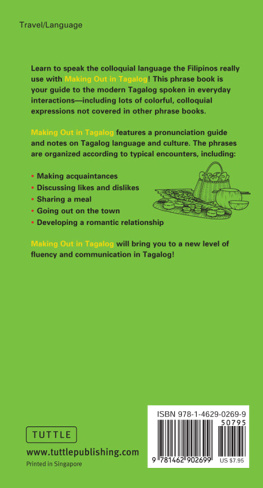


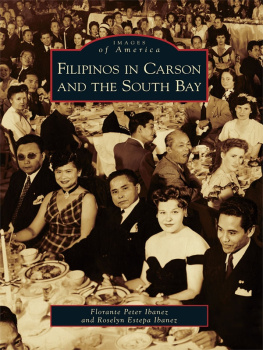

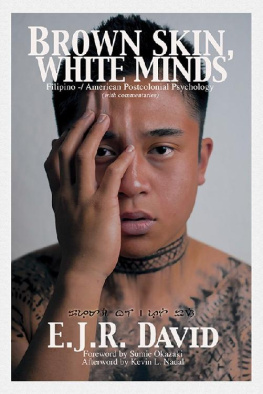

 This book is printed on acid-free paper.
This book is printed on acid-free paper.